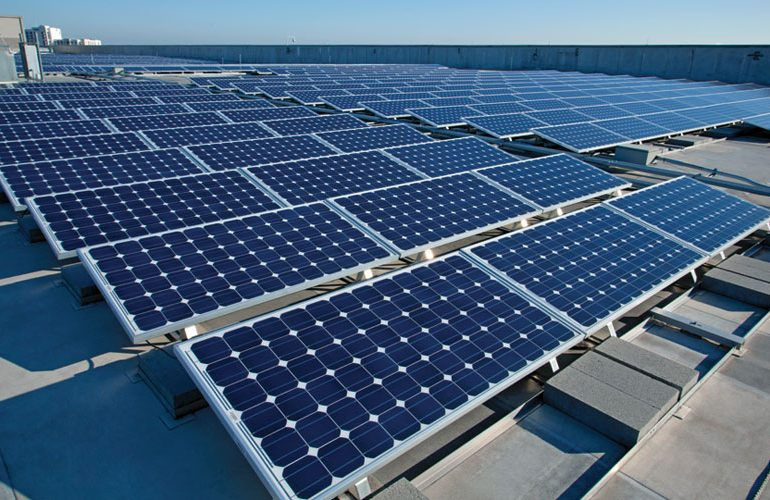World Bank Approved $450m for Pakistan to Support Renewable Energy
- Reon Energy
- Oct 4, 2020
- 2 min read
Recently, the World Bank has approved $450m to support the country’s transition from expensive fossil fuels to affordable, renewable energy resources so that it can reduce its greenhouse gas emissions and shown Pakistan the way forward in the energy sector. It is time that Pakistan must use this opportunity as a policy impetus to encourage renewable, alternative energy schemes, and not just limit it to a few projects.
The financing by World Bank has been approved for hydropower and solar energy generation schemes in KP, in the wake of shifting national energy mix to clean domestic resources. The project will support Pakistan’s goal to become a low-carbon, renewable energy-reliant economy by 2030 and target reduction in greenhouse gas emissions to combat climate change. This is in line with the international shift towards environment-friendly energy sources.
The plan will also add value to the economic development of communities living near hydropower and solar projects by revitalizing infrastructure, creating jobs and supporting the development of tourism in those areas. Hence, it is the duty of the government to use the bank’s financing to scale up clean energy schemes in the rest of the country.
Despite numerous efforts, it seems like the country’s energy policymakers do not have the capacity to plan beyond conventional dirty energy sources — coal, oil and gas. They seem to be oblivious of the ongoing power technology developments and the availability of cheap renewable energy storage solutions, that are aimed at changing the scenario globally in the next several years.
The Indicative Generation Capacity Expansion Plan, 2047, prepared by the NTDC, for example, focuses on costly generation-based coal and RLNG, while ignoring power technology that is set to dominate beyond 2030. The plan includes additions of renewables to meet the targets of the alternative energy policy, 2030, but neglects renewable resources in the overall energy mix beyond that.
The overall contribution of renewables to the country’s power capacity drops from 31pc in 2030 to 23pc in 2047, according to the IGCEP. A critique of the plan by an Australian organisation points to the “lack of renewable energy focus … despite the fact that Pakistan has excellent renewable energy resources and … wind and solar — which are already the cheapest source of new power generation in Pakistan — will be even cheaper throughout the 2030s and 2040s”.
Unless we cut our reliance on expensive fossil fuels and move towards renewable energy, the goals of sustainability and affordability cannot be met.
For more information on renewable energy companies working in Pakistan, click here.




Comments